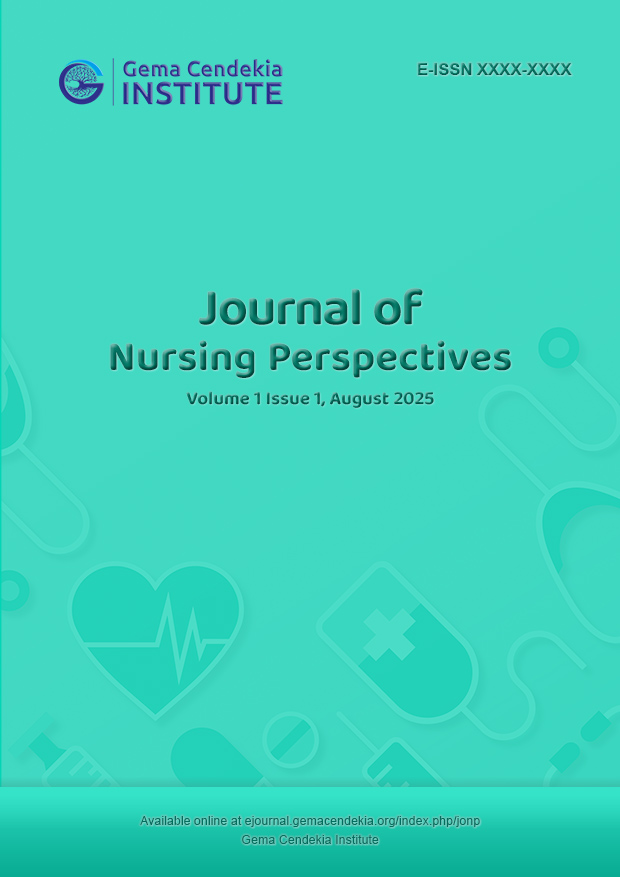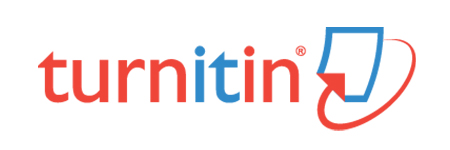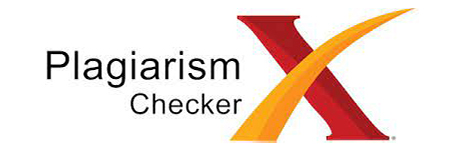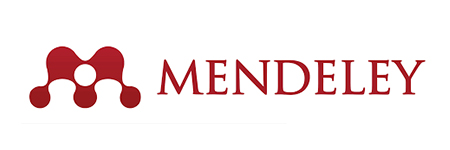Efektivitas Pemberian Rebusan Daun Kelor Terhadap Penurunan Tekanan Darah Pada Penderita Hipertensi di Desa Banyu Urip Gerung Lombok Barat
Keywords:
Hypertension , Moringa Oleifera Leaves , Herbal Decoction , Blood Pressure , Non-Pharmacological TherapyAbstract
Hypertension is one of the non-communicable diseases that continues to be a major public health problem due to its high prevalence and the risk of causing serious complications such as stroke, heart disease, and kidney failure. Non-pharmacological efforts through the use of herbal ingredients such as Moringa oleifera (moringa leaves) are considered promising because of their bioactive compounds, including flavonoids, potassium, and sterols, which play roles as antihypertensive and antihyperlipidemic agents. This study aimed to determine the effectiveness of boiled moringa leaf decoction in reducing blood pressure among patients with hypertension in Banyu Urip Village, Gerung, West Lombok. The study employed a pre-experimental design with a one-group pretest-posttest approach. The sample consisted of 18 respondents with hypertension selected using purposive sampling techniques. The intervention involved administering 150 ml of moringa leaf decoction every morning after breakfast for seven consecutive days. Blood pressure measurements were taken before and after the intervention using a sphygmomanometer. Data were analyzed using the Wilcoxon signed-rank test with a significance level of p < 0.05. The results showed a significant decrease in respondents’ blood pressure. The mean systolic blood pressure before the intervention was 135.33 mmHg, which decreased to 122.50 mmHg after the intervention. The mean diastolic blood pressure before the intervention was 94.11 mmHg, which decreased to 84.56 mmHg afterward. Statistical analysis showed a p-value of 0.000 (< 0.05) for both systolic and diastolic pressures, indicating a significant effect of the moringa leaf decoction on reducing blood pressure. In conclusion, the moringa leaf decoction was effective in lowering both systolic and diastolic blood pressure among hypertensive patients. These findings support the use of herbal therapy as a complementary alternative for hypertension management in the community. It is recommended that healthcare services consider incorporating education on the use of moringa leaf decoction as a complementary therapy for hypertension control.
References
Alverina, D., Setyawan, H., & Prasetyo, A. (2017). Efek ekstrak daun kelor terhadap nekrosis kardiomiosit pada model tikus hipertensi. Jurnal Farmasi Indonesia, 9(2), 101–109. https://doi.org/10.7454/jfi.v9i2.456
American Heart Association. (2017). Understanding blood pressure readings. AHA. https://www.heart.org
Anies. (2018). Penyakit akibat gaya hidup. Yogyakarta: Ar-Ruzz Media.
Aulia, A., Safitri, D., & Adi, R. (2021). Pengaruh pemberian teh daun kelor (Moringa oleifera) terhadap tekanan darah pada penderita hipertensi. Jurnal Kesehatan Masyarakat, 9(1), 55–62. https://doi.org/10.14710/jkm.v9i1.30942
Corwin, E. J. (2000). Handbook of pathophysiology. Lippincott Williams & Wilkins.
Dinas Kesehatan Lombok Barat. (2022). Profil kesehatan Kabupaten Lombok Barat tahun 2022. Dikes Lobar.
Divine, H. (2012). Antihypertensive pharmacotherapy: Evidence-based guideline. Journal of Clinical Hypertension, 14(2), 85–92. https://doi.org/10.1111/jch.12003
Hastuti, T. (2020). Konsep dasar hipertensi: Faktor risiko dan komplikasi. Jurnal Ilmu Keperawatan Indonesia, 13(1), 22–30. https://doi.org/10.31101/jiki.v13i1.563
James, P. A., Oparil, S., Carter, B. L., Cushman, W. C., Dennison-Himmelfarb, C., Handler, J., ... & Ortiz, E. (2014). 2014 evidence-based guideline for the management of high blood pressure in adults: Report from the panel members appointed to the Eighth Joint National Committee (JNC 8). JAMA, 311(5), 507–520. https://doi.org/10.1001/jama.2013.284427
Joint National Committee (JNC 8). (2014). Guidelines for the management of hypertension in adults. JNC.
Kementerian Kesehatan RI. (2019). Laporan nasional riset kesehatan dasar (Riskesdas) 2018. Badan Penelitian dan Pengembangan Kesehatan.
Khotimah, K. (2018). Penatalaksanaan hipertensi berdasarkan JNC 8. Jurnal Ilmiah Kesehatan, 10(2), 44–52. https://doi.org/10.33086/jik.v10i2.1009
Manuntung, A. (2018). Konsep dan tatalaksana hipertensi. Jurnal Kardiologi Indonesia, 39(1), 66–74. https://doi.org/10.30701/jki.v39i1.552
Muhammad, A. (2013). Prosedur pembuatan air rebusan daun kelor sebagai obat tradisional. Jurnal Tanaman Obat Indonesia, 5(2), 88–94. https://doi.org/10.21009/jtoi.5.2.07
Notoatmodjo, S. (2018). Metodologi penelitian kesehatan. Jakarta: Rineka Cipta.
Nursalam. (2020). Metodologi penelitian ilmu keperawatan: Pendekatan praktis. Jakarta: Salemba Medika.
Oktaviana, L. (2023). Data prevalensi hipertensi di Nusa Tenggara Barat. Buletin Kesehatan NTB, 14(1), 12–20. https://doi.org/10.25077/bkn.14.1.12-20.2023
Palmer, B. (2005). Clinical classification of hypertension. In A. Manuntung (Ed.), Handbook of hypertension (pp. 45–59). Oxford University Press.
Price, S. A., & Wilson, L. M. (2018). Patofisiologi: Konsep klinis proses-proses penyakit (7th ed.). EGC.
Riskesdas. (2018). Riset kesehatan dasar tahun 2018. Badan Litbangkes Kemenkes RI.
Sandi, R., Hutapea, R., & Lubis, E. (2019). Potensi daun kelor (Moringa oleifera) sebagai antihipertensi alami. Jurnal Farmasi dan Kesehatan, 11(2), 121–128. https://doi.org/10.25077/jfk.11.2.121-128.2019
Syarifah, F., Aminah, S., & Fajri, A. (2015). Kandungan gizi dan potensi daun kelor sebagai sumber pangan fungsional. Jurnal Teknologi Pertanian, 16(2), 101–108. https://doi.org/10.21082/jtp.16.2.101-108.2015
Thomas, D. (2007). Moringa oleifera: A review of the medical evidence for its nutritional, therapeutic, and prophylactic properties. Trees for Life Journal, 1(5), 1–15. https://doi.org/10.1201/moringa.2007
Whelton, P. K., Carey, R. M., Aronow, W. S., Casey, D. E., Collins, K. J., Dennison Himmelfarb, C., ... & Wright, J. T. (2018). 2017 ACC/AHA/AAPA/ABC/ACPM/AGS/APhA/ASH/ASPC/NMA/PCNA guideline for the prevention, detection, evaluation, and management of high blood pressure in adults. Journal of the American College of Cardiology, 71(19), e127–e248. https://doi.org/10.1016/j.jacc.2017.11.006
WHO. (2021). Hypertension. World Health Organization. https://www.who.int/news-room/fact-sheets/detail/hypertension
Wulan, S. S., Pangesti, D. N., Suharti, S., Nurani, R. D., & Khomsah, I. Y. (2023). Pengaruh rebusan daun kelor terhadap tekanan darah pada penderita hipertensi. Jurnal Ilmiah Kesehatan, 12(3), 145–153. https://doi.org/10.33086/jik.v12i3.2302
Yanti, D., & Novia, S. (2018). Efektivitas rebusan daun kelor dalam menurunkan tekanan darah pada penderita hipertensi. Jurnal Keperawatan Indonesia, 21(1), 33–40. https://doi.org/10.7454/jki.v21i1.657
Zebua, D., Sunarti, A., Harahap, A., Ningsih, F., & Putra, A. (2021). Rebusan daun kelor berpengaruh terhadap tekanan darah penderita hipertensi. Jurnal Kesehatan Medan, 15(2), 77–85. https://doi.org/10.25077/jkm.15.2.77-85.2021
Downloads
Published
Issue
Section
License
Copyright (c) 2025 Yulinda Rahayu (Author)

This work is licensed under a Creative Commons Attribution-ShareAlike 4.0 International License.










